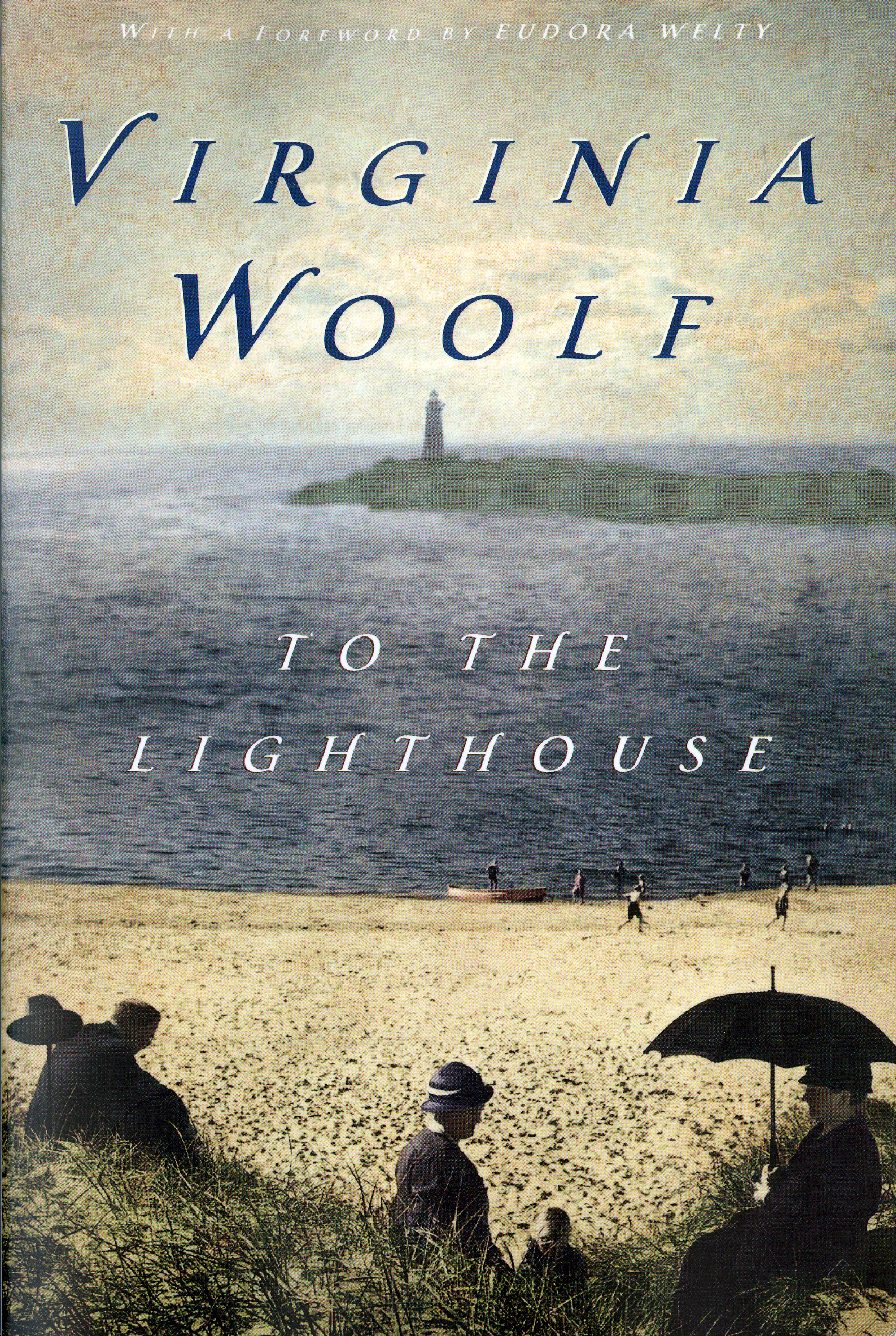The first time I read Virginia Woolf’s luminous novel To the Lighthouse, I was twenty-two and in my first year of an MFA program at UC Irvine. Although I had already read Woolf’s essay “A Room of One’s Own,” which certainly left an impression on my budding aspirations to write, I hadn’t yet found my way to her novels. But reading this one fully changed my life. I can’t imagine what kind of writer I would be now if I hadn’t found its beacon.
I am not alone. Eudora Welty describes her own discovery: “Blessed with luck and innocence, I fell upon the novel that once and forever opened the door of imaginative fiction for me, and read it cold, in all its wonder and magnitude.”
I was mesmerized not only by the gorgeousness of Woolf’s prose but by the fluidity of the narrator’s movement, the seamless way my attention was carried from one consciousness to another, the elegant subjectivity of the content. Images accumulated alongside emotional weather; patterns of thought and action and dialogue blended and blurred. I felt stunned by the way time moved in this novel, unlike anything I’d read before. After elongating a single day in 121 pages, a section called “Time Passes” offered ten years in twenty pages—encompassing the First World War, countless deaths, specific deaths, irreparable losses. Woolf managed to paint the existential void in all its excruciating beauty.
I took my inspiration. I named my computer Virginia and wrote my first novel, The Speed of Light, with three alternating first-person voices, revealing their interwoven stories in non-linear time. In my second novel, Blue Nude, I borrowed from Woolf’s structure, framing my book in sections called The Present (one day), The Past (sixty years), and The Present (one day a few weeks past the beginning).
I find To the Lighthouse astonishing again and again. Now, in addition to revisiting the glorious wholeness of the book, the rapture it produces in me from start to finish, I also try to study it carefully. I savor the language and marvel at its perfection; I look for the places inside the sentences where the point of view shifts, the focus adjusts, the characters reveal themselves to one another, to me. Sometimes reading this book is like watching time-lapse photography; it’s also like standing in front of a piece of abstract art or listening to a composition by John Cage, where time stops altogether.
All these decades of writing, and I still see myself mirrored in painter Lily Briscoe as she grapples with her demons. I’m older than Mrs. Ramsay (who is fifty!), and I’m reassured that her eternal beauty can still make her admirers almost swoon. Even though I know that this family is poised, like the world itself, on the edge of devastation, I want their perfect day to remain with me a while longer. I’m “in love with all of it,” the way Lily is.
Elizabeth Rosner’s most recent novel, Electric City, comes out in paperback on October 13.








